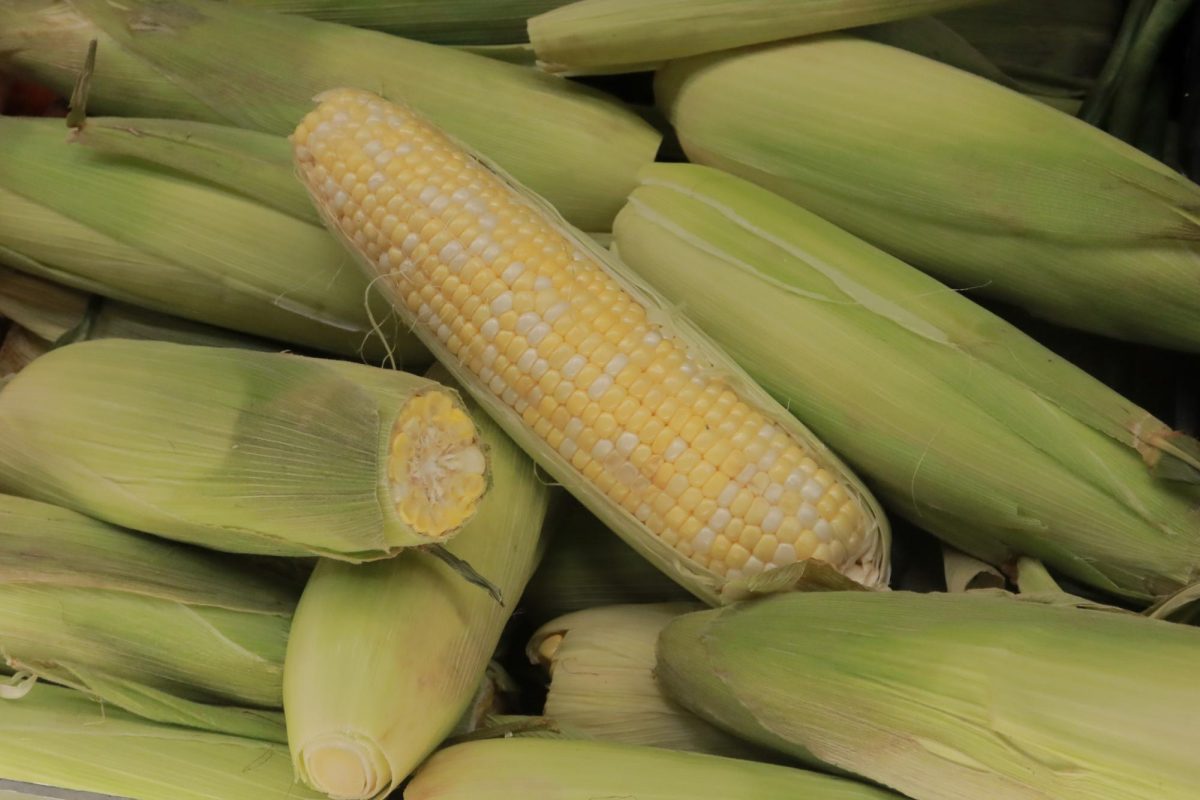Midwesterners may have recently noticed the familiar late-summer spike in humidity. Although the steady onset of climate change is partially at fault for the stickier summer days, researchers have found that corn is too.
Corn sweat is a phenomenon that locals may be familiar with. While all plants transpire — or sweat — and release water as a result, corn transpires more than some other crops.
On top of that, farmers are also planting more acres of corn to meet demand for ethanol, according to the USDA Economic Research Service. A substantial amount of the nation’s corn is grown primarily in the Midwest, leading to the surge in humidity we see now as all the stalks transpire at the same time and release water into the air.
The surface of plant leaves has small holes, called stomas, which look like small mouths. As carbon dioxide is consumed for photosynthesis, the stomata will open and close depending on the conditions outside.
A prime condition for increased water loss is when the weather becomes hotter; higher temperatures cause the atmosphere to pull water out of the plant.
Get The Daily Illini in your inbox!
Dr. Studer, an associate professor in the Department of Crop Sciences at the University who primarily works on corn, shared some further insight into this topic.
“Think of it as one big straw,” Studer said. “You’ve got the air and then you’ve got the plant, which goes down to the roots and the roots are in the soil. If there’s more pull up in the air, it’s gonna try to pull more water out of the plant.”
Corn is more efficient at transpiration than a number of other plant species, even trees. An agricultural system such as the Midwest’s leads to more water loss from corn. In environments like a prairie, the atmosphere would gain water mainly from grass, for instance.
One of Studer’s primary fields of study is limiting corn’s water loss while still maximizing its photosynthetic rate.
“You can close the stoma of the leaf, but then we’ve also discovered that there’s other areas that you could limit to restrict the water loss that way,” Studer said.
Studer’s work also lies in plant genetics. He shared that there are different lines of corn and that some lines are better or worse at water retention than others.
“We study the genes that underlie that so that hopefully we can breed or engineer corn that uses water more efficiently,” Studer said.
Corn sweat is actually a good sign, too, because it means that the plants are cooling down instead of burning up, thereby decreasing the yield. If the pressure deficit in the air is so high that it’s pulling too much water out of the corn, then the corn will run out of water in the soil and eventually die out.
Studer mentioned that a 10 to 15% reduction in the opening of corn leaves’ stomata could help preserve more corn. However, with so many fluctuations in the weather, it is difficult to accurately carry out an experiment to pinpoint the sweet spot of this trait in corn.
“We’ve established that we can dial back the water loss,” Studer said. “We have to make sure we engineer a dynamic system so that corn can still really sweat when it’s hot outside.”








